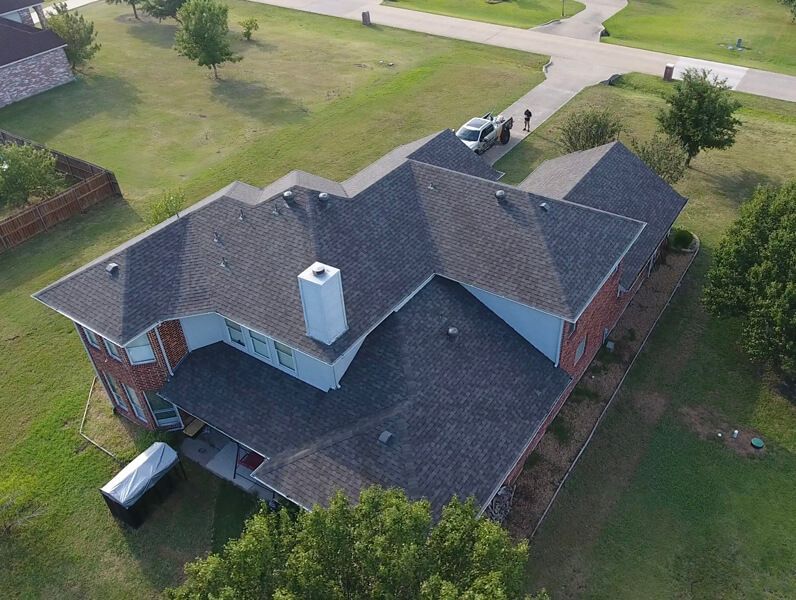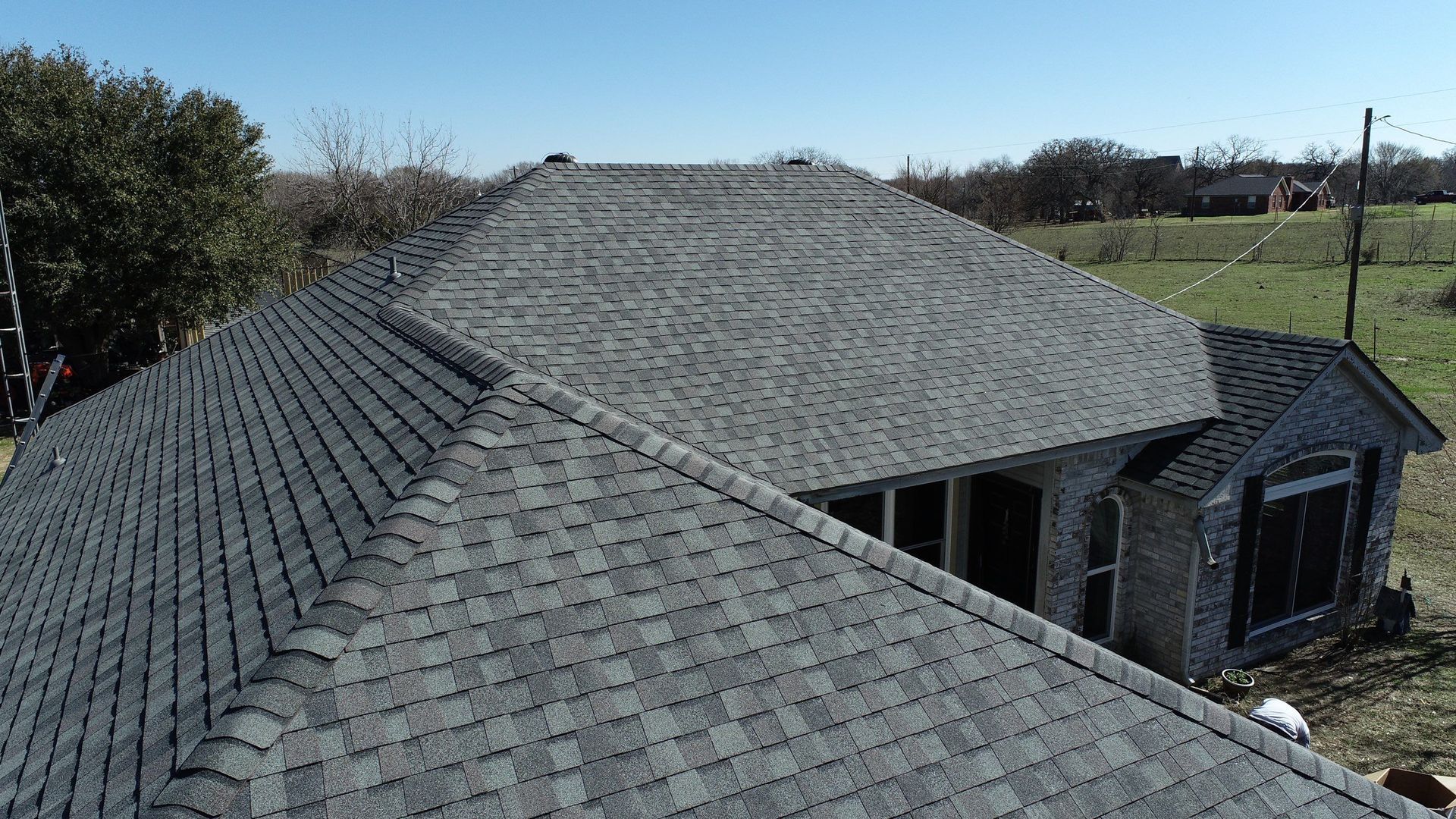Roof Flashing and Its Role in Leak Prevention
Roofing is one of the most vital components of any home. Shingles or tiles get most of the attention, but another crucial element is the roof flashing, especially when it comes to leak prevention.
Though often overlooked, roof flashing is essential to a watertight roof system. It acts as the first line of defense against leaks in areas prone to water intrusion, such as joints, valleys, and where the roof meets other structures like chimneys or walls.
Join the roofers at Swift Roofing Texas as we discuss what roof flashing is, how it works, and why proper installation is indispensable for protecting your home from leaks.
What Is Roof Flashing?
Roof flashing refers to thin pieces of impervious material installed at strategic points on a roof to prevent water from seeping into the building structure. They generally cover the most vulnerable sections on a roof, where the roofing materials alone can’t fully close the gap.
What is Roof Flashing Made From?
Flashing is commonly made from materials like galvanized steel, aluminum, copper, or lead. Each offers different benefits, such as durability, malleability, and resistance to corrosion.
Where Do Roofers Install Flashing?
Your roofers will typically install flashing in areas where different roofing elements intersect or where the roof meets vertical surfaces.
Common locations for flashing include:
- Around chimneys
- Skylights
- Vents
- Valleys
- Dormers
- The roof’s edge
The primary purpose of flashing is to direct water away from these vulnerable points and ensure it flows safely into the gutters and downspouts, thereby preventing leaks and water damage.
How Roof Flashing Works
When installed correctly, flashing forms a waterproof barrier that keeps water out while allowing the roof to “breathe.” This is particularly important because roofs are subjected to a variety of stresses, including thermal expansion and contraction, wind uplift, and settling of the building. Flashing must be able to accommodate these movements while maintaining its waterproof integrity.
What Is Step Flashing?
One of the most common types of flashing is step flashing, which is used where the roof meets a vertical wall, such as along the side of a dormer or a chimney.
Step flashing consists of multiple pieces of flashing material that overlap each other, similar to the way shingles overlap. Each piece is bent at a 90-degree angle, with one side tucked under the shingles and the other side secured to the wall. This overlapping design ensures that any water running down the roof is directed away from the joint and onto the shingles below rather than seeping into the wall or roof deck.
Valley Flashing
Another type of flashing is valley flashing, which is installed along the valleys where two roof slopes meet. Valleys are particularly prone to water accumulation, especially during heavy rainfall or snowmelt. Valley flashing is designed to channel water down the valley and into the gutters, reducing the risk of leaks.
The Importance of Proper Roof Flashing Installation
While roof flashing is incredibly effective at preventing leaks, it’s only as good as its installation. Improperly installed flashing can lead to a host of expensive and dangerous problems.
The Dangers of Water Intrusion
Water intrusion is one of the leading causes of damage to a home’s structure, and once water finds its way in, it can lead to a range of problems, including:
- Wood rot
- Mold growth
- Compromised structural integrity
- Reduced home value
- …and more
Proper installation is necessary to prevent these dangers.
Improper Installation Pitfalls
One common installation mistake is failing to use enough flashing or using the wrong type of flashing for a particular application. For example, using step flashing that’s too short or not overlapping the pieces correctly can create gaps where water can seep in. Similarly, failing to secure the flashing properly can cause it to become loose or dislodged over time, compromising its ability to keep water out.
Another common issue is relying too heavily on sealants or caulking to waterproof the flashing. While sealants can provide an extra layer of protection, they should never be used as a substitute for proper flashing installation. This is because sealants can deteriorate, crack, or peel away, leaving the underlying flashing exposed and vulnerable to leaks. Proper flashing installation should always prioritize mechanical methods of waterproofing, such as overlapping and securing the flashing with nails or screws.
Check for Compatibility
It’s also important to consider the compatibility of the flashing material with the roofing material. For instance, copper flashing is highly durable and resistant to corrosion. However, it should not be used with aluminum or galvanized steel roofing materials, as the interaction between these metals can cause corrosion.
Using flashing that’s too thin or too rigid can result in premature failure, especially in areas with significant thermal expansion and contraction.
The Role of Maintenance in Flashing Performance
Even the best-installed flashing will eventually require maintenance to ensure it continues to perform effectively. Over time, flashing can become damaged or worn due to exposure to the elements, such as UV rays, wind, and temperature fluctuations. Regular roof inspections are essential for identifying any issues with flashing, such as loose or missing pieces, rust or corrosion, or deteriorated sealants.
As a homeowner, you should also be mindful of the condition of the roofing materials surrounding the flashing. You’ll want to look out for damaged or missing shingles that expose flashing to the elements, address any roofing issues you uncover, and closely examine any suspicions you might have.
Let %COMPANY%’s Roofers Take Care of Your Rooftop
Roof flashing may not be the most visible part of your roof, but it plays a crucial role in keeping your home safe and dry. When it comes to protecting your home from leaks, investing in quality flashing and ensuring it’s installed correctly is one of the best decisions you can make.
Prioritize flashing as an integral part of your roofing system, and make sure you reach out to Swift Roofing Texas with any questions you have. We’re the local roofing contractors who install flashing with care and address every one of your concerns as they arise. Call us today.
Request a Roofing Quote
Blog Form
We will get back to you as soon as possible.
Please try again later.
More Posts Like This:

Choose Swift Roofing & Designs for Top Quality Roofing
Need a reliable roofer? We've helped countless clients protect their homes while saving time and money, and we’re ready to help you next.










